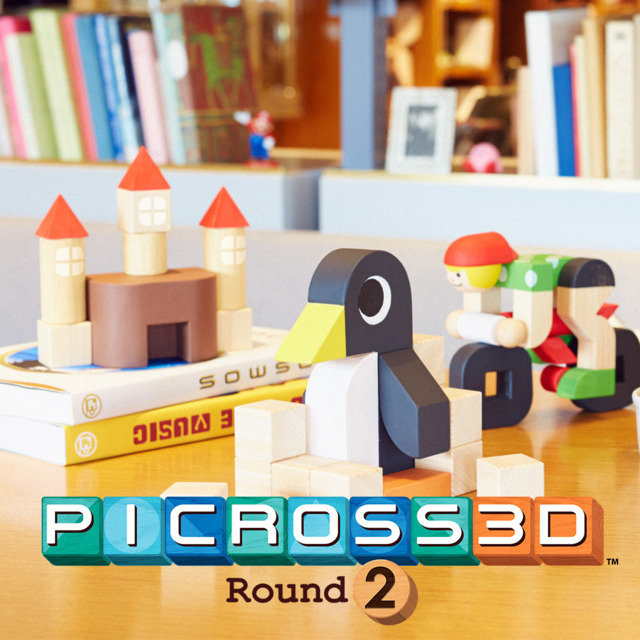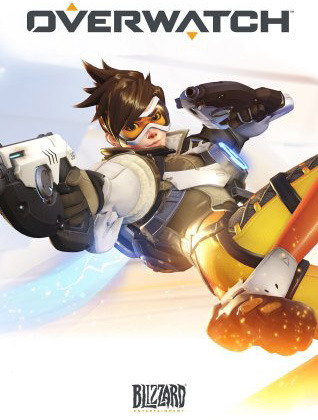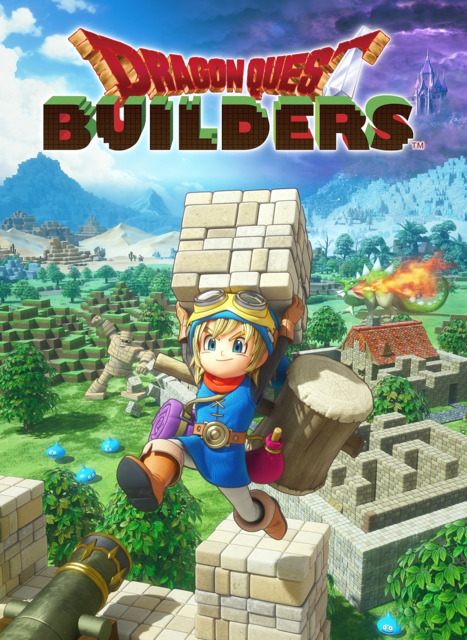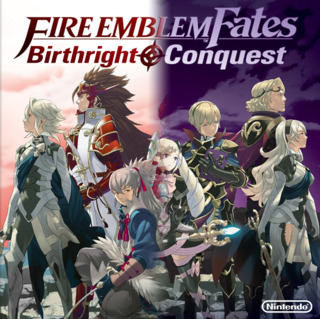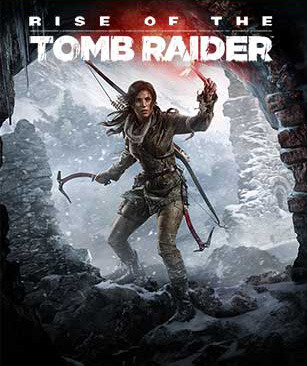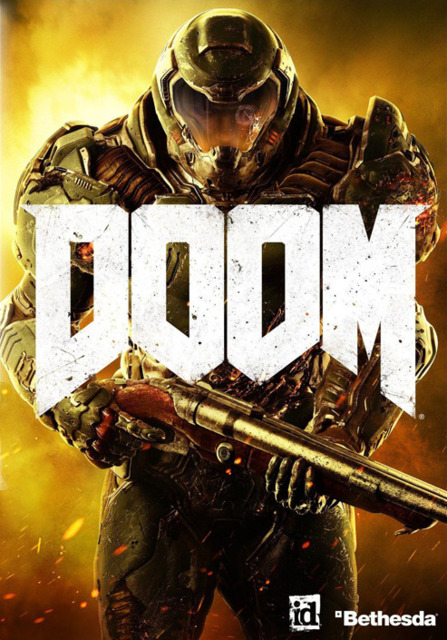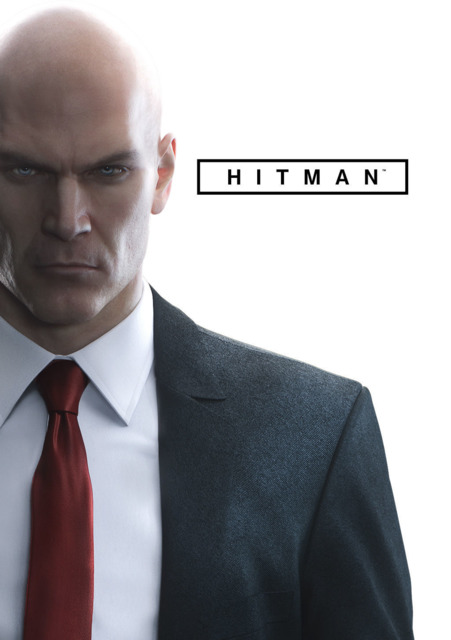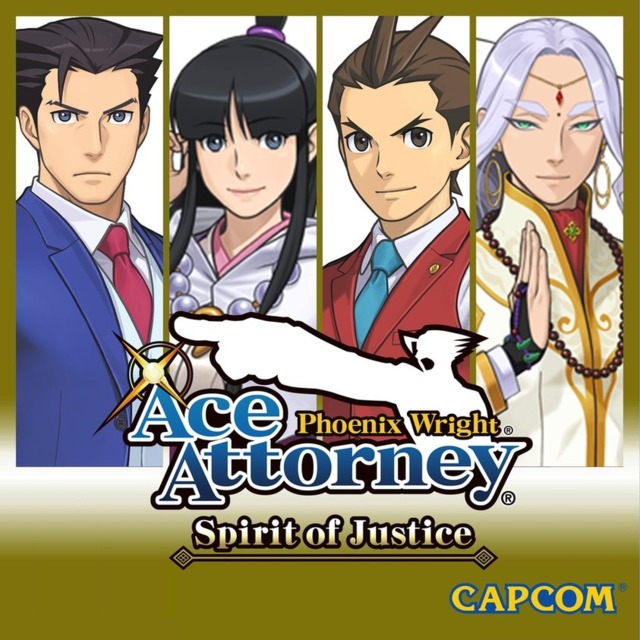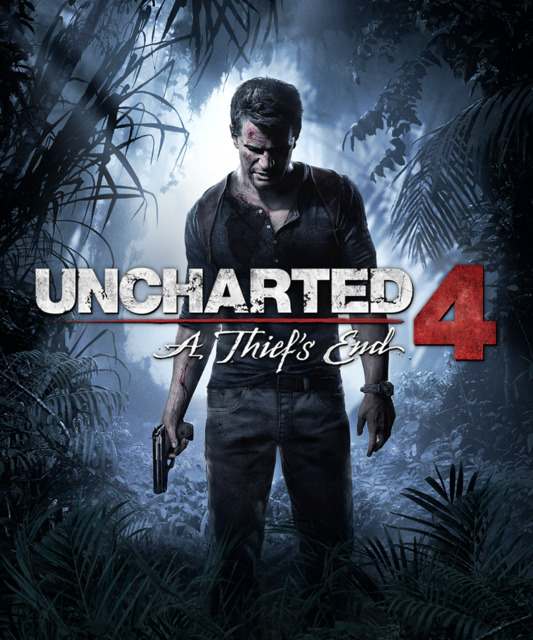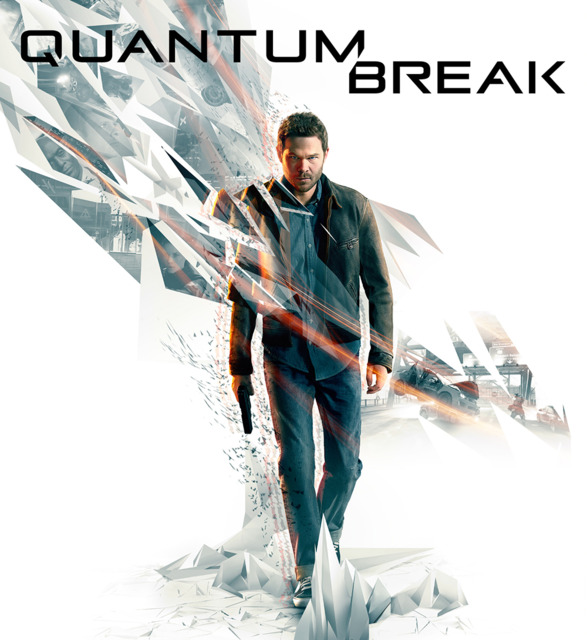Best of 2016
Relevant platforms I have access to:
- Android phone
- Apple tablet
- Nintendo 3DS
- Nintendo Wii U
- PC
- PlayStation 4 Slim
- PlayStation Vita
- Xbox One
Notable pre-released games and add-ons of 2016 I’ve played this year:
- Besiege
- Rise of the Tomb Raider’s “Blood Ties”
- The Witcher 3: Wild Hunt’s “Blood & Wine”
Games that didn’t make the cut:
- BOXBOXBOY!
- Deus Ex Go
- Pokemon Go
- Rhythm Heaven Megamix
- XCOM 2
Games I meant to get to but couldn’t:
- Let It Die - I've been using this as a mindless podcast game and haven't progressed too far outside the sewers. Seems okay for what it is.
“Oversights”:
- Dark Souls III - With this being touted as the last of a trilogy, I’m hoping to be excited for what From puts this formula into next.
- Deus Ex: Mankind Divided - While I enjoyed most of the last Deus Ex game, I can wait for a discount.
- Dishonored 2 - Felt like the first Dishonored was more than enough for this universe.
- Final Fantasy XV - I can wait for a PC version even if it takes a decade to happen.
- Forza Horizon 3 - I know I’ll like this but I can wait for a discount.
- Inside - What is unfortunately the case for most years is since I'm already so frugal with money and can expect games to get discounted so quickly these days, especially during this year, I'm even harsher with smaller games like this as I expect them to get a relatively heavy discount. With that said, I am more privy to shorter games nowadays and even base what I play next according to average players' playtime. Paying full price for Limbo was a bit of a sore point then for how quickly it took me, but like Vinny has said "this is the best time to be playing video games."
- The Last Guardian - I should at least play through one of their earlier games before I touch this.
- Mirror’s Edge Catalyst - Seems like it sold poorly so I wouldn’t be surprised to pick it up for super cheap down the line.
- Pokemon Sun/Moon - For the first time ever, I have no desire to pick up a proper Pokemon game. Even after hearing very good things and how they’ve mixed it up, I found that I just don’t care anymore.
- Sid Meier’s Civilization VI - I vowed to beat Civilization V with each leader before I would pick this up and I will do it.
- Street Fighter V - It’s best for me to wait on a fighting game since I barely spend enough time with any to get good at them.
- SUPERHOT - Seems overpriced for how long it can take to finish, but I’ll get it someday.
- Tokyo Mirage Sessions #FE - Rather than pick up another JRPG, I’ll play one of the many I’ve purchased throughout the years before I get this.
- The Witness - I find it difficult to invest time into simple-form puzzle games not available on a handheld device.
DISCLAIMER: It should be noted that every entry below is written mere moments to even days after reaching the credits of the game listed or after getting my fill, and thus doesn’t perfectly reflect whatever arbitrary reasons that determine their final ranking. To put it simply, they’re solely historical context for my own benefit while their order is based on my greatest impressions of each at the end of the year, even if for some it means many months of me defamiliarizing myself with them.

